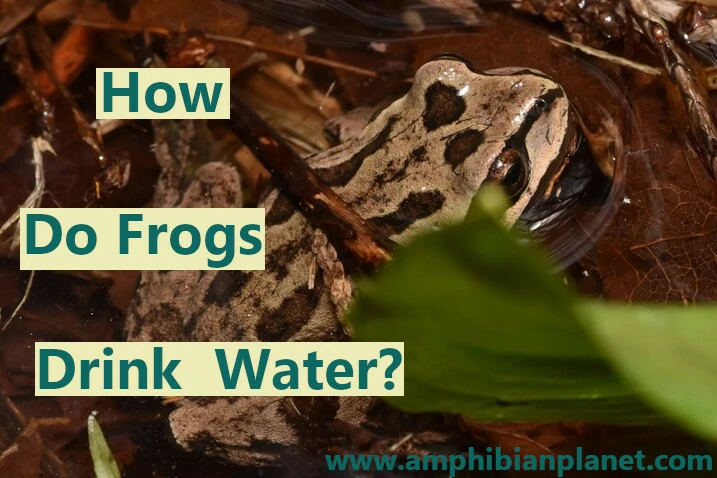How To Tell A Male From A Female Frog
It can be pretty difficult for the average person to guess the sex of a frog, just by looking at it. Also, most frogs have internal reproductive organs, you can’t just pick up a frog and look at its reproductive organs to tell whether it is male or female. However, in most frog species, there … Read more






